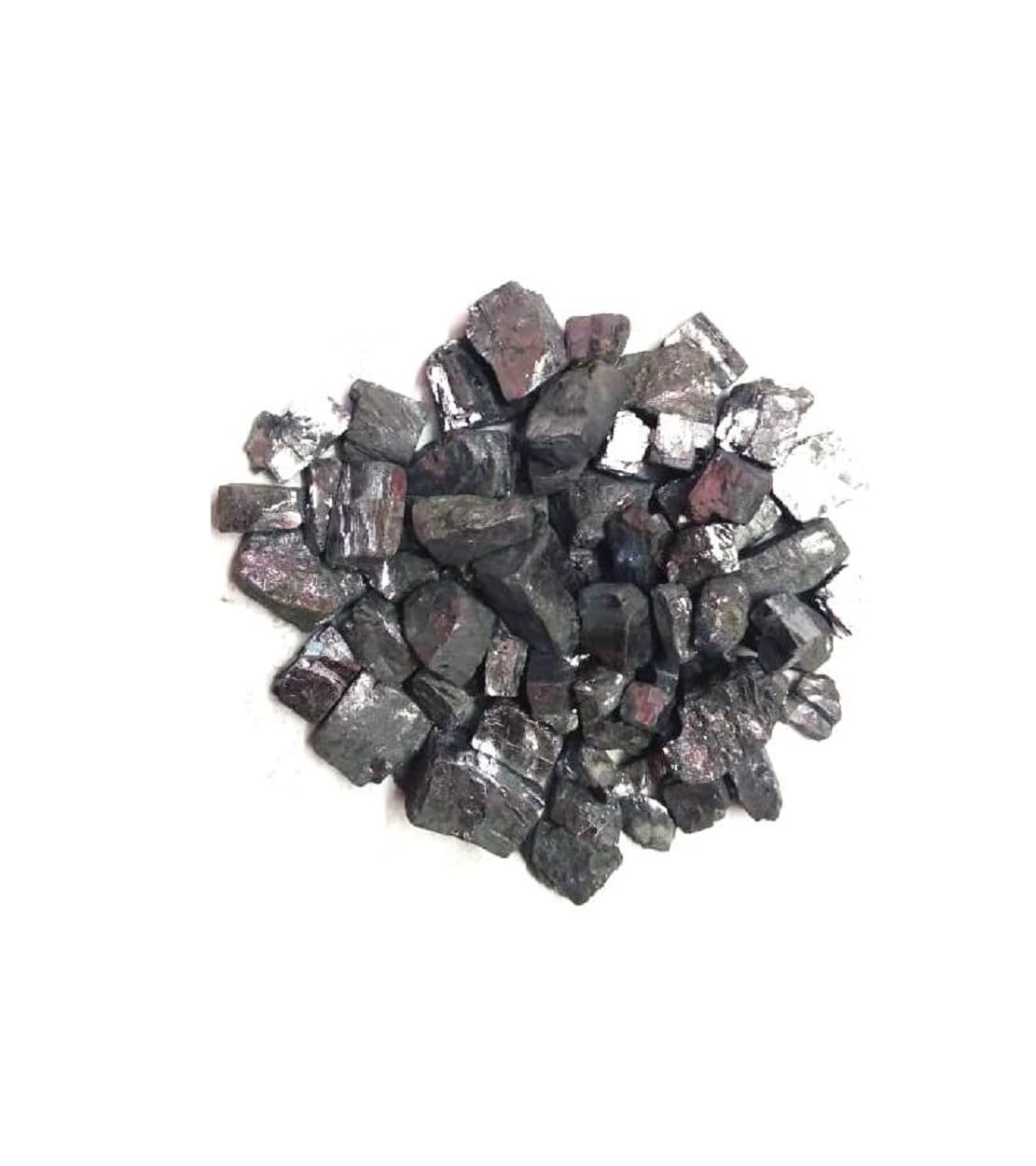Jothi Herbals
Surma Stone | Kohl Stone | Stibnite | Anjana Kal | Kanmashi | Kajal Stone
Surma Stone | Kohl Stone | Stibnite | Anjana Kal | Kanmashi | Kajal Stone
Regular price
Rs. 120.00
Regular price
Rs. 150.00
Sale price
Rs. 120.00
Unit price
per
Shipping calculated at checkout.
Couldn't load pickup availability


